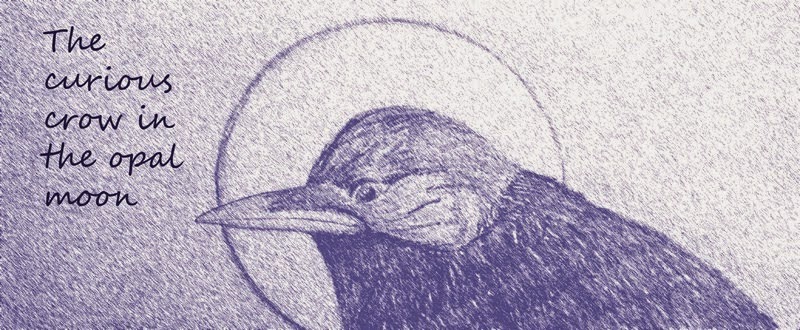With two floors of exhibition stands at the International Jewellery London (IJL) event packed with sparkly new discoveries, I spent the day seeking out the most magical pieces I could find - with the occasional pit stop for a coffee in the press office of course!
This year certainly didn't disappoint.
I began at the glorious technicolour stand of Hazel Atkinson - a lady I'm always delighted to see. Her latest contemporary designs in aluminium are as bold and as smile-inducing as ever, with rich, autumnal colours heralding the new season.
I noticed a big increase in the number of designs incorporating druzy stones, with their glittering effect produced by a layer of tiny crystals over a mineral beneath. Sometimes treated or coated to create mesmerising colours, they had been chosen by several designers for eye-catching statement rings and pendants.
This Dark Matter ring by Katarina Burghard of Kat B London immediately caught my eye.
This beautiful Lagoon Pendant by Gallardo & Blaine Designs achieves a similar effect, with silver wire encasing a glittering blue-plated fossil, and a tiny silver dragonfly hovering above its hypnotic depths. Each one is unique.
Ortak never fail to capture the myth, mystery and history of the folklore-rich Orkney Islands on which they are based, just off the north-east coast of Scotland. I particularly love their use of enamel, as seen in the Alba collection, inspired by the Pictish carvings of Scotland, and the Coastal collection, with its rolling azure waves.
Two Skies use a variety of gemstones in their jewellery designs, including the lovely mottled green Scottish Iona marble, which is found on beaches and in underwater seams at the south-west corner of the Isle of Iona.
Sometimes referred to as the sacred stone of St Columba, it evokes the rich history of this island, thought to be the first Christian site in Scotland and likely the place in which the beautiful illuminated Book of Kells (now on display at Trinity College Dublin) was produced, or at least begun, in the 8th or 9th century.
The company also creates jewellery from old pieces of porcelain, which would make lovely unique gifts. Pictured are some of their Country Rose pieces.
Alex Monroe's stand is always another favourite stop on my tour of the jewellery show. Earlier in the summer, Alex created this finely detailed Jubilee Carriage necklace as part of an exclusive range sold at Buckingham Palace - a piece that has completely captured my imagination with its Cinderella-esque magic. You can find out how he made the pendant in this episode of his Monroe Mumbles videos.
Last, but most certainly not least, is the work of new designer Katy Tromans, who was one of the winners of this year's Bright Young Gems initiative at IJL, through which the design stars of the future are nominated by a group of leading jewellery and fashion editors. This time, renowned fine jewellery designer Shaun Leane also joined the panel.
I'll leave you with three of her creations - tiny silver sculptures, straight from the pages of a fairytale, each of which functions as a display stand for an ornate ring. Something tells me you won't be at all surprised by her win when you see them!
 |
| Alice |
 |
| Jonah and the Whale |
 |
| Rapunzel |














